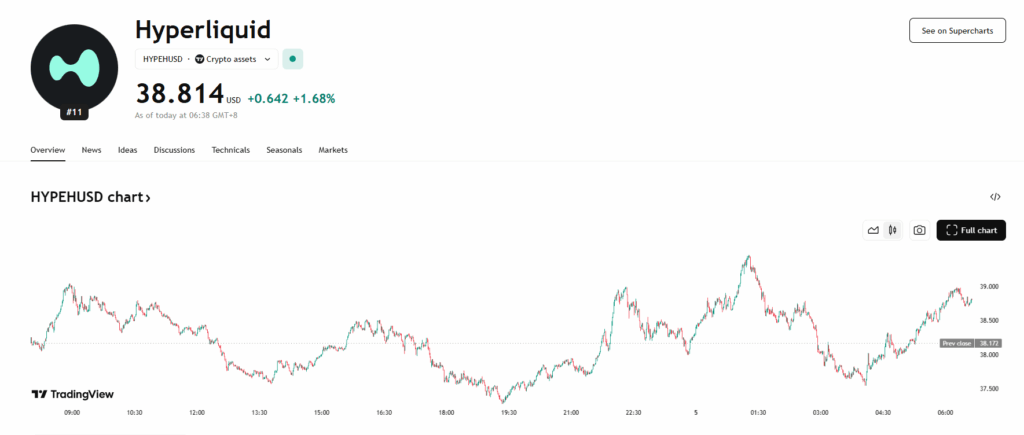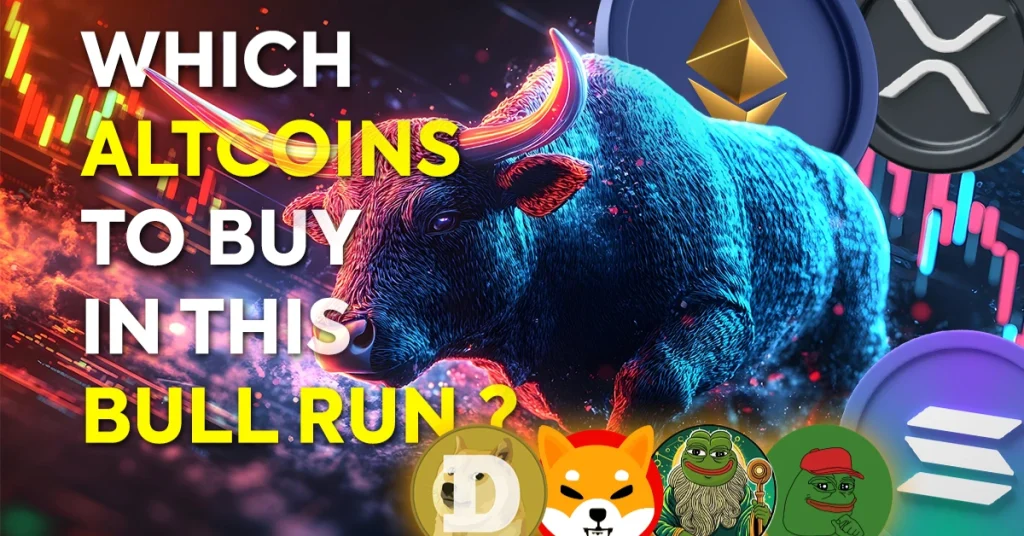- BNB is currently priced at $572, with a market cap of $81.5 billion, experiencing fluctuations between $465 and $800 over the past year.
- A breakout above $580 could push BNB toward $650, but failure to hold may lead to a retest of the $500-$525 support zone.
- Investor sentiment remains mixed, with Binance’s ecosystem developments being positive, but macroeconomic uncertainty acting as a limiting factor.
Binance Coin ($BNB), the native cryptocurrency of Binance Smart Chain, serves as a cornerstone of the Binance ecosystem. It is primarily used for transaction fees and offers governance capabilities to holders, solidifying its role as a key asset within the platform.
Price Movements
Currently valued at $572, BNB holds a market cap of $81.5 billion. While the token has posted modest gains over the past year, it has experienced notable price swings, ranging from a low of around $465 to a peak near $800. Since then, the price has pulled back, reflecting broader market sell-offs.
Credit: CoinGecko
Price Predictions
Following its recent dip to the $500-$525 support zone, $BNB quickly regained ground, signaling resilience. Analysts believe the token is now at a critical juncture. A decisive move above $580 could pave the way for a run toward $650 in the near term. However, failure to hold current levels may see $BNB retest the $500-$525 zone.
Market Sentiment and Developments
Investor sentiment toward $BNB is mixed. On the positive side, Binance’s strong industry presence and ongoing improvements within the BNB ecosystem — including the recent introduction of a voting system for token listings & de-listings — have been well-received. However, broader economic uncertainty and recession fears continue to weigh on investor confidence.
Future Outlook
Looking ahead, $BNB’s performance will largely depend on Binance’s continued innovation and its ability to navigate broader market uncertainties.

 5 months ago
16
5 months ago
16









 English (US) ·
English (US) ·